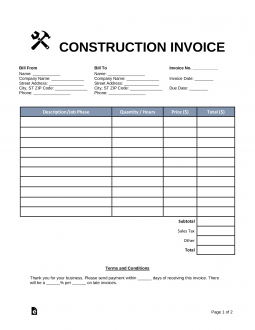Financial Services LLC: A Comprehensive Guide
Financial Services LLC is a leading provider of financial advice, services, and products. It has been helping individuals, families, and businesses make informed decisions about their finances for over 25 years. The firm offers a wide range of customized solutions designed to meet the individual needs of its clients. These include investment advice, retirement planning, insurance coverage, estate planning, and more. Financial Services LLC prides itself on providing comprehensive and professional advice to its customers through financial advisors grand rapids .
Understanding Your Financial Goals
At Financial Services LLC, it is our priority to help you understand your financial goals and recommend solutions that will enable you to successfully achieve them. Our financial advisors are experienced in identifying and analyzing market trends to create customized plans that are tailored to fit each client’s unique financial situation. We also provide access to a variety of financial products and services from leading vendors such as mutual funds, stocks, bonds, IRAs, annuities, and much more.
Comprehensive Solutions for All Clients
Regardless of your financial standing, our certified financial advisors are here to help. Whether you are just starting out with investing or are looking for ways to enhance your portfolio, Financial Services LLC has the knowledge and resources to provide you with the solutions you need. Our experienced financial advisors can help you take advantage of the unique tax incentives offered by the IRS, build a secure retirement plan, develop an education fund for your children, and much more.
















